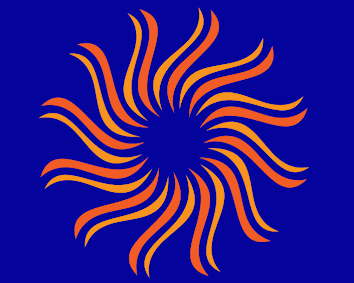What Is Sports Massage?
Sports massage is a specialised form of massage therapy tailored to athletic performance, injury prevention, and recovery. It incorporates various techniques—from deep tissue massage to stretching—to help prepare the body for physical activity, reduce muscle soreness, and speed up recovery.
Unlike a relaxing spa massage, sports massage is more targeted and intentional. It focuses on specific muscle groups used in a sport or activity, and it can be adapted for different stages of training: pre-event, post-event, and maintenance.
The Science Behind Sports Massage
Sports massage works through a combination of physiological and psychological mechanisms:
1. Increased Blood Flow and Oxygen Delivery
Massage stimulates circulation, helping oxygen and nutrients reach tired or damaged muscles more efficiently. This improves tissue health and speeds up the removal of metabolic waste like lactic acid, which can cause post-exercise soreness.
2. Muscle Relaxation and Reduced Tension
By manipulating soft tissue, sports massage can relieve muscle tightness and break down adhesions (or “knots”)—areas where muscle fibers stick together abnormally. This enhances flexibility, reduces pain, and lowers the risk of injury.
3. Nervous System Response
Massage activates the parasympathetic nervous system—the “rest and digest” part—which lowers heart rate and blood pressure, helping the body relax. This stress-reducing effect can benefit mental focus and recovery.
4. Improved Range of Motion and Flexibility
Stretching and mobilization techniques used in sports massage can help increase joint flexibility and muscle elasticity. This can enhance athletic performance and reduce the likelihood of strains and sprains.
5. Faster Recovery Time
Post-exercise massage helps reduce delayed onset muscle soreness (DOMS), making it easier to get back to training sooner and more comfortably.
Types of Techniques Used
- Effleurage: Long, gliding strokes to warm up muscles and increase blood flow.
- Petrissage: Kneading and squeezing to loosen muscles and increase mobility.
- Friction: Deep, focused pressure to break down scar tissue and adhesions.
- Tapotement: Rhythmic tapping to stimulate nerves and increase circulation.
- Stretching and Mobilization: Active or passive movements to improve range of motion.
When Should You Get a Sports Massage?
- Before an Event: To warm up muscles, increase flexibility, and improve focus.
- After an Event: To reduce muscle soreness and flush out toxins.
- During Training: To address tight areas, improve muscle balance, and prevent injuries.
Who Can Benefit?
You don’t have to be a pro athlete to benefit. Sports massage is useful for:
- Runners, cyclists, swimmers
- Gym-goers and weightlifters
- Dancers, martial artists, and yoga practitioners
- Desk workers with muscular imbalances
Final Thoughts
Sports massage is not just about feeling good—though it certainly helps with that. It’s a functional therapy aimed at optimizing how your body moves, recovers, and performs. Whether you’re pushing your limits or just trying to stay active, regular sports massage can be a game-changer.
So next time you’re sore after a tough workout or prepping for a big event, consider booking a session. Your muscles will thank you.

Leave a Reply